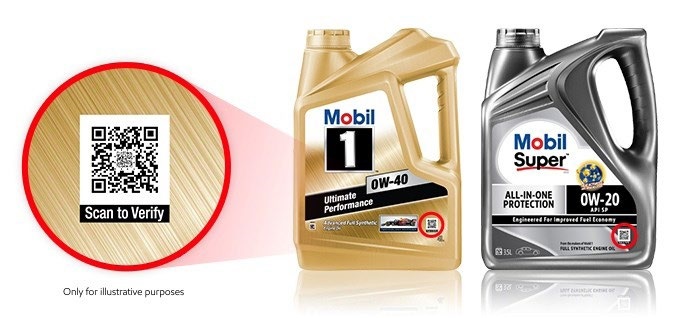



The EU is currently reviewing its circular economy rules, with the intention of making green products the norm in the bloc’s single market.
A core element of this initiative is the introduction of ‘digital product passports’ (DPPs) for tracking the origin of all materials and components used to manufacture everyday consumer goods.
According to a policy analyst at the European Policy Centre, speaking to the EURACTIV news site: ‘products would have an ID number, similar to passports, and they should be machine-readable, either via QR codes or barcodes’.
Given that these codes will be mandated across entire industries throughout the EU, the potential exists for them to double as universal product authentication devices… as long as they are suitably secured.
The adoption of DPPs is part of a number of bigger, EU-wide initiatives under the European Green Deal campaign. These include the Circular Economy Action Plan (CEAP) and the Eco-design for Sustainable Products Regulation (ESPR).
The ESPR expands the EU’s existing eco-design rules on electric appliances to a wider range of goods, with the goal of making producers responsible for offering more circular products – either by providing products as services or ensuring the availability of spare parts to repair them.
The passports are set to be implemented in at least three out of six key industries by 2024 – textiles; construction products, car batteries, customer electronics, food, and packaging.
According to the emerging DPP regulations, a data carrier will be required at minimum at the batch level but also likely at the product unit level. The carrier must be secure and machine readable, while also allowing anyone to view the data held within it.
Given these parameters, QR codes are one of the most promising data carriers for DPPs, says Scantrust, a Swiss provider of unique digital identifiers for securing products.
Whereas QR codes can be scanned with virtually any modern smartphone, carriers such as 1D barcodes lack this ability, as they require special scanning equipment. As for NFC tags, these are still a relatively new technology that consumers are only just getting accustomed to.
QR codes are also one of the lowest-cost identifiers; they integrate with existing packaging or printing processes, unlike costly physical identifiers or security features like NFC, said Scantrust.
One downside with QR codes, though, is that they aren’t designed to be secure channels, given that they can easily be copied and printed on fake products.
Secure QR codes, on the other hand, offer a high level of anti-copy protection.
The secure QR codes proposed by Scantrust contain a copy detection pattern, which is a digital image designed to lose key information when copied and re- printed. A simple mobile phone camera is then able to detect and signal the presence of a copied secure code.
A copied non-secure QR code, on the other hand, can potentially function in exactly the same way as a genuine code, making it virtually impossible to distinguish between the two.
 Serialised QR code with embedded copy detection pattern (© Scantrust).
Serialised QR code with embedded copy detection pattern (© Scantrust).While digital product passports are still in the early stages of development, they have been recognised as a potentially valuable tool for everyone involved in purchasing decisions. Beyond the implications of product passports supporting sustainability standards and ensuring product compliance with environmental standards, this tool can become a powerful form of marketing to a growing number of environmentally conscious consumers, in addition to doubling as an anti- counterfeiting device.